The remarkable detail reveals the individual astronomical objects that make up the celestial bird, as well as the finer features within them
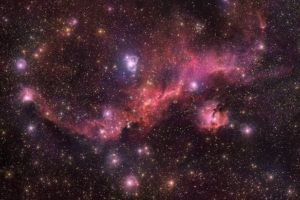 Deep Space
Deep Space

 Deep Space
Deep Space
The remarkable detail reveals the individual astronomical objects that make up the celestial bird, as well as the finer features within them
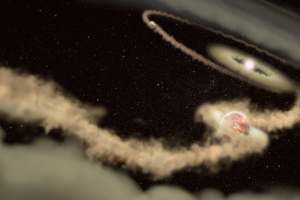 Deep Space
Deep Space
The two exoplanets in the PDS 70 system are sweeping up material as they go to sizes up to 17 times that of Jupiter
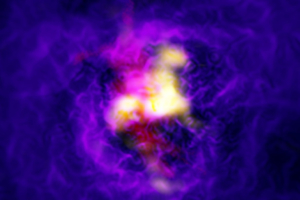 Deep Space
Deep Space
The continuous outflow and inflow of molecular gas in the galaxy cluster Abell 2597 has never been seen before
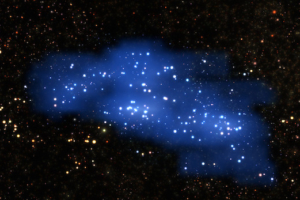 Deep Space
Deep Space
Hyperion, the largest galaxy proto-supercluster, has a mass more than one million billion times the Sun
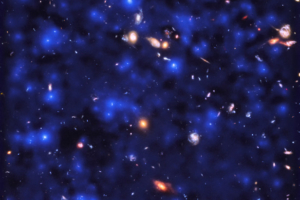 Astronomy
Astronomy
The Lyman-alpha emission from dim clouds of hydrogen in space has offered a new and interesting view of the Universe
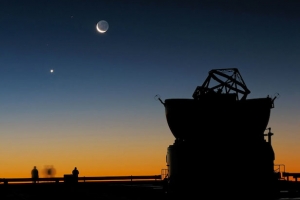 Astronomy
Astronomy
It’s our next door neighbour, so why can’t we see it every night?
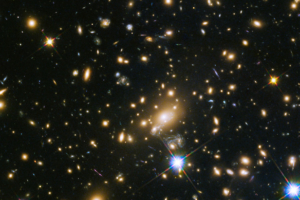 Deep Space
Deep Space
This oxygen detection provides strong evidence that star formation occurred just 250 million years after the Big Bang
 Astronomy
Astronomy
Astronomers have observed the ‘star death’ in finer detail then ever before
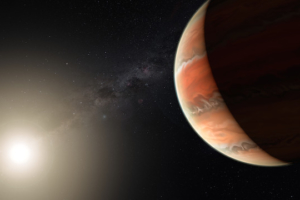 Deep Space
Deep Space
The discovery of metallic oxides in the planet’s atmosphere has changed how we’ll examine alien worlds in the future
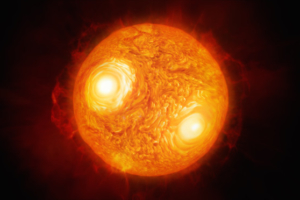 Deep Space
Deep Space
Captured by the Very Large Telescope, astronomers have unveiled new information about Antares in the constellation of Scorpius
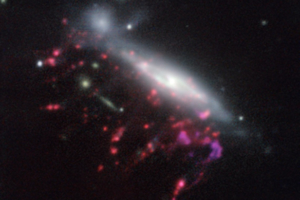 Deep Space
Deep Space
Astronomers have unearthed a new process for how a galaxy feeds the supermassive black hole at its core
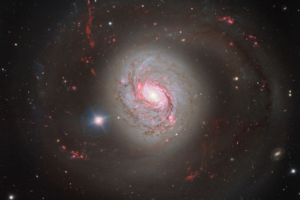 Deep Space
Deep Space
The European Southern Observatory instrument has caught a remarkable image of Messier 77
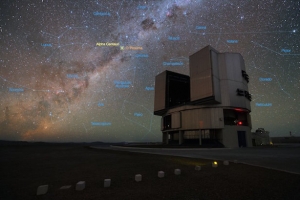 News
News
ESO has signed an agreement to adapt the Very Large Telescope instrumentation in Chile to conduct a search for planets in the nearby star system
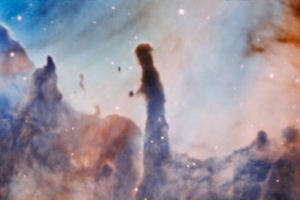 News
News
New observations of structures within the Carina Nebula have been made using ESO’s Very Large Telescope
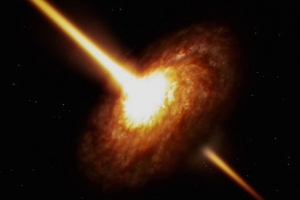 News
News
Researchers have confirmed that electromagnetism in a distant galaxy has the same strength as here on Earth
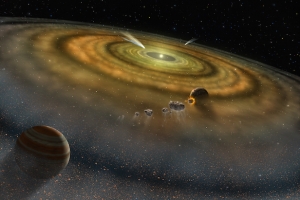 News
News
These primordial bodies contain material largely unchanged from the birth of the Solar System some 4.6 billion years ago
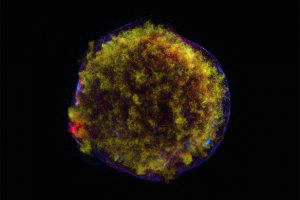 News
News
Combining observations, astronomers have been able to learn new things about Tycho’s supernova remnant and the explosion that made it
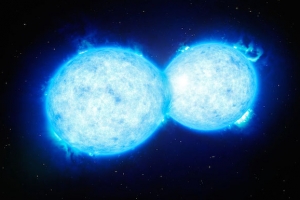 News
News
Using ESO’s Very Large Telescope, a binary star with two extreme components has been discovered
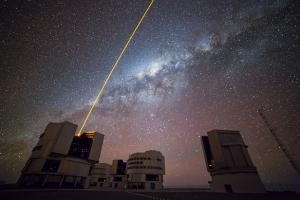 Astronomy
Astronomy
When the European Southern Observatory needs a star, it just creates its own